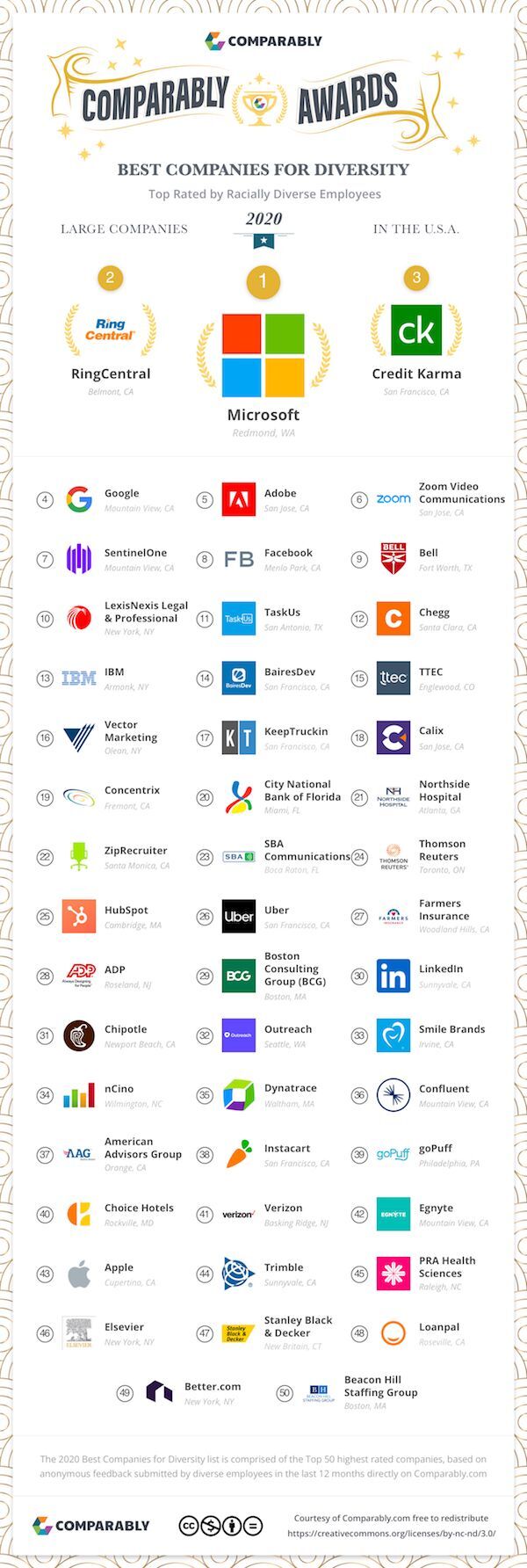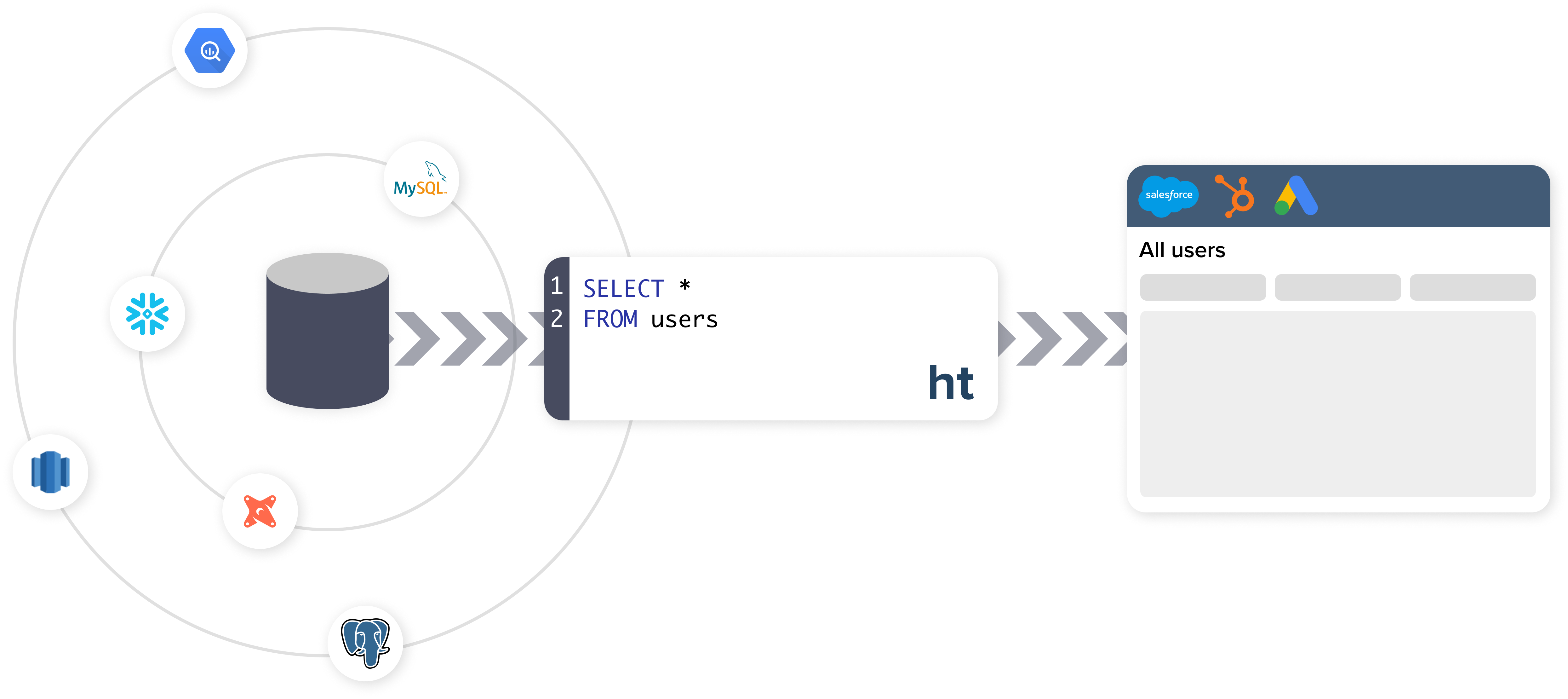U.S. government cybersecurity agencies warned this week that the attackers behind the widespread hacking spree stemming from the compromise at network software firm SolarWinds used weaknesses in other, non-SolarWinds products to attack high-value targets. According to sources, among those was a flaw in software virtualization platform VMware, which the U.S. National Security Agency (NSA) warned on Dec. 7 was being used by Russian hackers to impersonate authorized users on victim networks.
On Dec. 7, 2020, the NSA said “Russian state-sponsored malicious cyber actors are exploiting a vulnerability in VMware Access and VMware Identity Manager products, allowing the actors access to protected data and abusing federated authentication.”

VMware released a software update to plug the security hole (CVE-2020-4006) on Dec. 3, and said it learned about the flaw from the NSA.
The NSA advisory (PDF) came less than 24 hours before cyber incident response firm FireEye said it discovered attackers had broken into its networks and stolen more than 300 proprietary software tools the company developed to help customers secure their networks.
On Dec. 13, FireEye disclosed that the incident was the result of the SolarWinds compromise, which involved malicious code being surreptitiously inserted into updates shipped by SolarWinds for users of its Orion network management software as far back as March 2020.
In its advisory on the VMware vulnerability, the NSA urged patching it “as soon as possible,” specifically encouraging the National Security System, Department of Defense, and defense contractors to make doing so a high priority.
The NSA said that in order to exploit this particular flaw, hackers would already need to have access to a vulnerable VMware device’s management interface — i.e., they would need to be on the target’s internal network (provided the vulnerable VMware interface was not accessible from the Internet). However, the SolarWinds compromise would have provided that internal access nicely.
In response to questions from KrebsOnSecurity, VMware said it has “received no notification or indication that the CVE 2020-4006 was used in conjunction with the SolarWinds supply chain compromise.”
VMware added that while some of its own networks used the vulnerable SolarWinds Orion software, an investigation has so far revealed no evidence of exploitation.
“While we have identified limited instances of the vulnerable SolarWinds Orion software in our environment, our own internal investigation has not revealed any indication of exploitation,” the company said in a statement. “This has also been confirmed by SolarWinds own investigations to date.”
On Dec. 17, DHS’s Cybersecurity and Infrastructure Security Agency (CISA) released a sobering alert on the SolarWinds attack, noting that CISA had evidence of additional access vectors other than the SolarWinds Orion platform.
CISA’s advisory specifically noted that “one of the principal ways the adversary is accomplishing this objective is by compromising the Security Assertion Markup Language (SAML) signing certificate using their escalated Active Directory privileges. Once this is accomplished, the adversary creates unauthorized but valid tokens and presents them to services that trust SAML tokens from the environment. These tokens can then be used to access resources in hosted environments, such as email, for data exfiltration via authorized application programming interfaces (APIs).”
Indeed, the NSA’s Dec. 7 advisory said the hacking activity it saw involving the VMware vulnerability “led to the installation of a web shell and follow-on malicious activity where credentials in the form of SAML authentication assertions were generated and sent to Microsoft Active Directory Federation Services (ADFS), which in turn granted the actors access to protected data.”
Also on Dec. 17, the NSA released a far more detailed advisory explaining how it has seen the VMware vulnerability being used to forge SAML tokens, this time specifically referencing the SolarWinds compromise.
Asked about the potential connection, the NSA said only that “if malicious cyber actors gain initial access to networks through the SolarWinds compromise, the TTPs [tactics, techniques and procedures] noted in our December 17 advisory may be used to forge credentials and maintain persistent access.”
“Our guidance in this advisory helps detect and mitigate against this, no matter the initial access method,” the NSA said.
CISA’s analysis suggested the crooks behind the SolarWinds intrusion were heavily focused on impersonating trusted personnel on targeted networks, and that they’d devised clever ways to bypass multi-factor authentication (MFA) systems protecting networks they targeted.
The bulletin references research released earlier this week by security firm Volexity, which described encountering the same attackers using a novel technique to bypass MFA protections provided by Duo for Microsoft Outlook Web App (OWA) users.
Duo’s parent Cisco Systems Inc. responded that the attack described by Volexity didn’t target any specific vulnerability in its products. As Ars Technica explained, the bypass involving Duo’s protections could have just as easily involved any of Duo’s competitors.
“MFA threat modeling generally doesn’t include a complete system compromise of an OWA server,” Ars’ Dan Goodin wrote. “The level of access the hacker achieved was enough to neuter just about any defense.”
Several media outlets, including The New York Times and The Washington Post, have cited anonymous government sources saying the group behind the SolarWinds hacks was known as APT29 or “Cozy Bear,” an advanced threat group believed to be part of the Russian Federal Security Service (FSB).
SolarWinds has said almost 18,000 customers may have received the backdoored Orion software updates. So far, only a handful of customers targeted by the suspected Russian hackers behind the SolarWinds compromise have been made public — including the U.S. Commerce, Energy and Treasury departments, and the DHS.
No doubt we will hear about new victims in the public and private sector in the coming days and weeks. In the meantime, thousands of organizations are facing incredibly costly, disruptive and time-intensive work in determining whether they were compromised and if so what to do about it.
The CISA advisory notes the attackers behind the SolarWinds compromises targeted key personnel at victim firms — including cyber incident response staff, and IT email accounts. The warning suggests organizations that suspect they were victims should assume their email communications and internal network traffic are compromised, and rely upon or build out-of-band systems for discussing internally how they will proceed to clean up the mess.
“If the adversary has compromised administrative level credentials in an environment—or if organizations identify SAML abuse in the environment, simply mitigating individual issues, systems, servers, or specific user accounts will likely not lead to the adversary’s removal from the network,” CISA warned. “In such cases, organizations should consider the entire identity trust store as compromised. In the event of a total identity compromise, a full reconstitution of identity and trust services is required to successfully remediate. In this reconstitution, it bears repeating that this threat actor is among the most capable, and in many cases, a full rebuild of the environment is the safest action.”
![]()






